 Dallas County Map
Dallas County Map
Entry Category: Land and Resources
 Dallas County Map
Dallas County Map
 Dam Protesters
Dam Protesters
 Dardanelle Flooding
Dardanelle Flooding
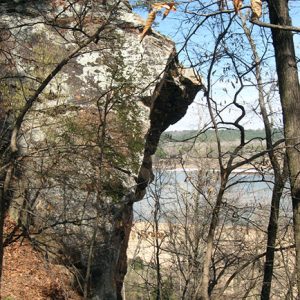 Dardanelle Rock Natural Area
Dardanelle Rock Natural Area
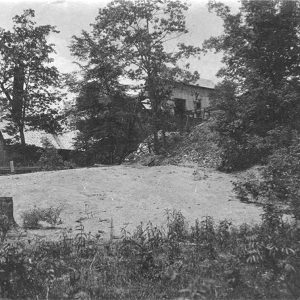 Davis Mine
Davis Mine
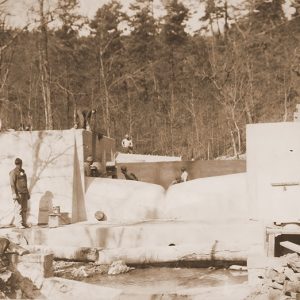 Deep-Notch Weir
Deep-Notch Weir
Deforestation
DeGray Dam and Lake
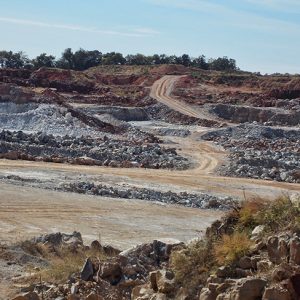 Denieville White Lime
Denieville White Lime
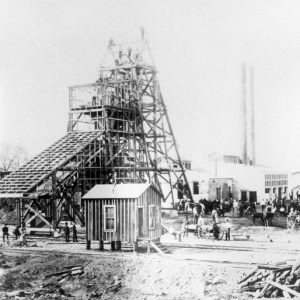 Denning Coal Mine
Denning Coal Mine
 Dermott 1927 Flood
Dermott 1927 Flood
 Dermott Flood
Dermott Flood
 Des Arc Flood
Des Arc Flood
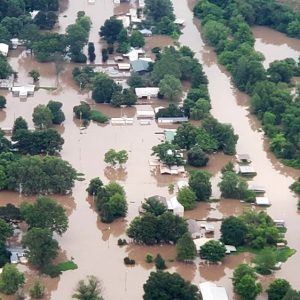 Desha County Flooding
Desha County Flooding
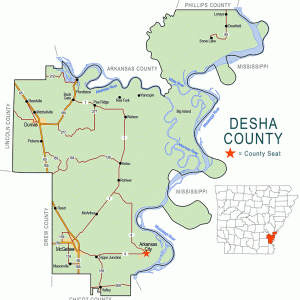 Desha County Map
Desha County Map
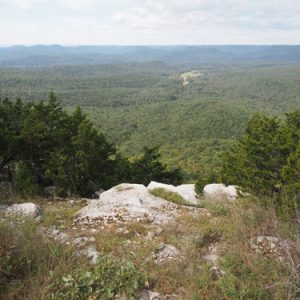 Devil's Knob - Devil's Backbone Natural Area
Devil's Knob - Devil's Backbone Natural Area
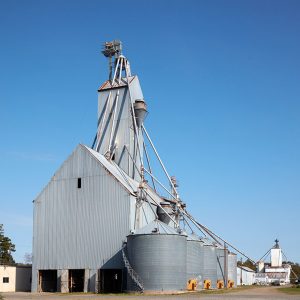 DeWitt Grain Elevator
DeWitt Grain Elevator
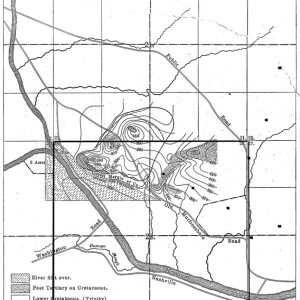 Diamond Pipe Map
Diamond Pipe Map
 Diamond Washing
Diamond Washing
Diamond Mining
 Diamond Mining Company
Diamond Mining Company
 Dierks Logging
Dierks Logging
Dierks, Herman
Dimension Stone Mining
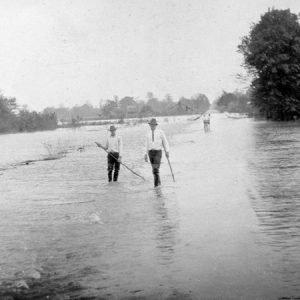 Dixie 1927 Flood
Dixie 1927 Flood
 Dockery License
Dockery License
 Irene and J. O. Dockery
Irene and J. O. Dockery
 J. O. Dockery
J. O. Dockery
 Dockery Airport
Dockery Airport
Dockery, Jess Orval
 Dortch Plantation Cotton Picker
Dortch Plantation Cotton Picker
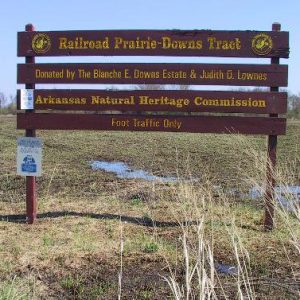 Downs Prairie Natural Area
Downs Prairie Natural Area
 Dredging Project
Dredging Project
 Drew County Map
Drew County Map
Drought of 1930–1931
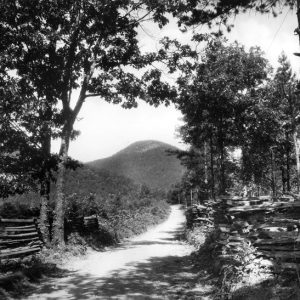 Eagle Mountain
Eagle Mountain
 Earl Kiech Cotton Gin
Earl Kiech Cotton Gin
 Earle Flood
Earle Flood
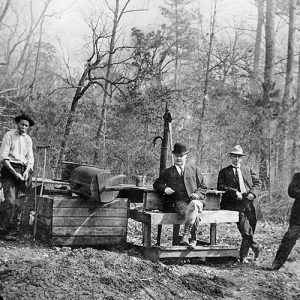 Early Diamond Exploration
Early Diamond Exploration
Earthquakes
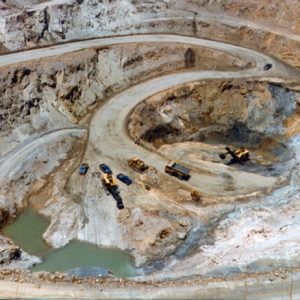 East Wilson Pit
East Wilson Pit
 East Wilson Vanadium Mine Pit
East Wilson Vanadium Mine Pit
 Egg Hatchery
Egg Hatchery
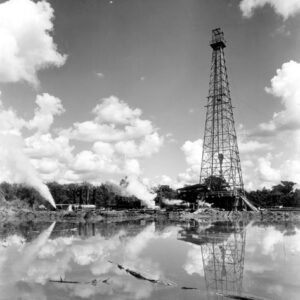 El Dorado Oil Rig
El Dorado Oil Rig
 Elberta Peaches
Elberta Peaches
Eleven Point River
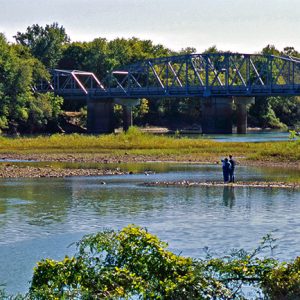 Eleven Point River
Eleven Point River




